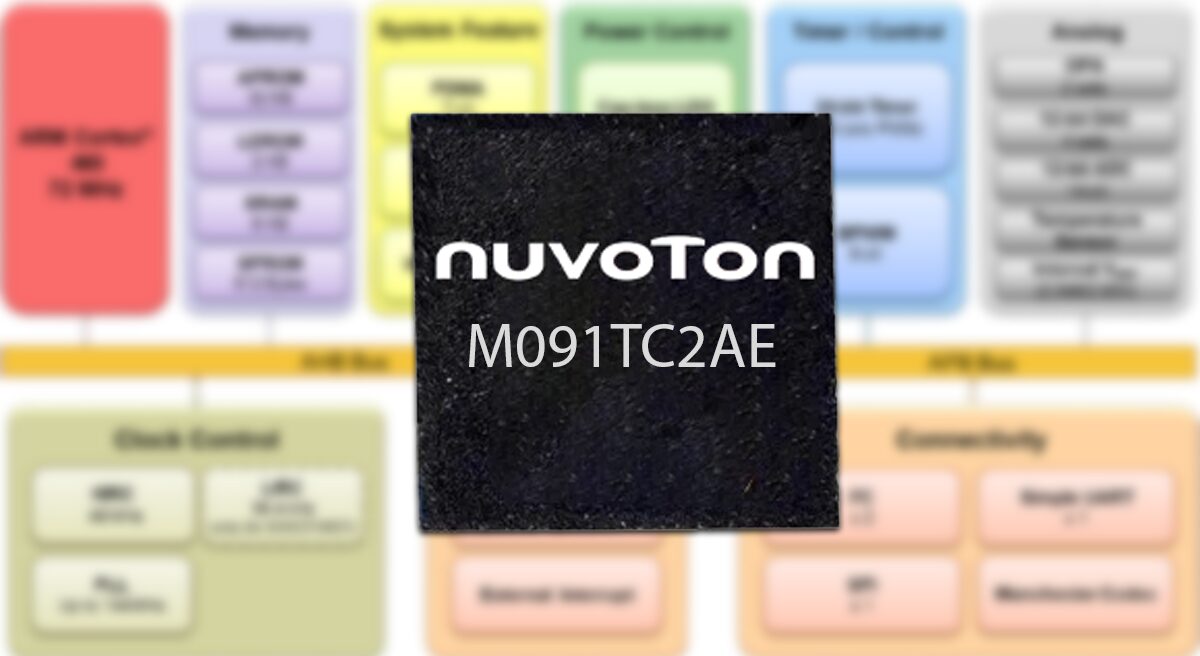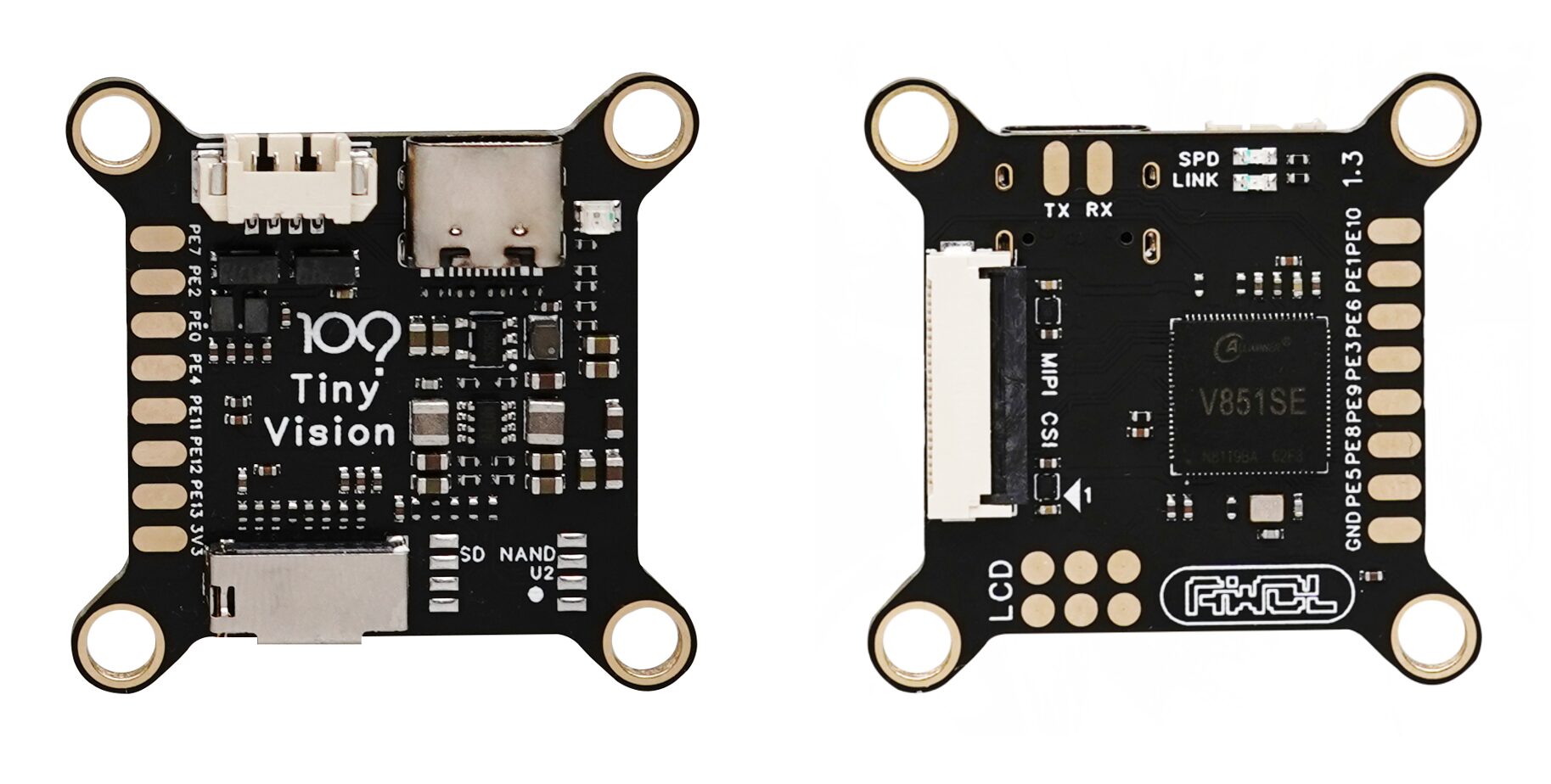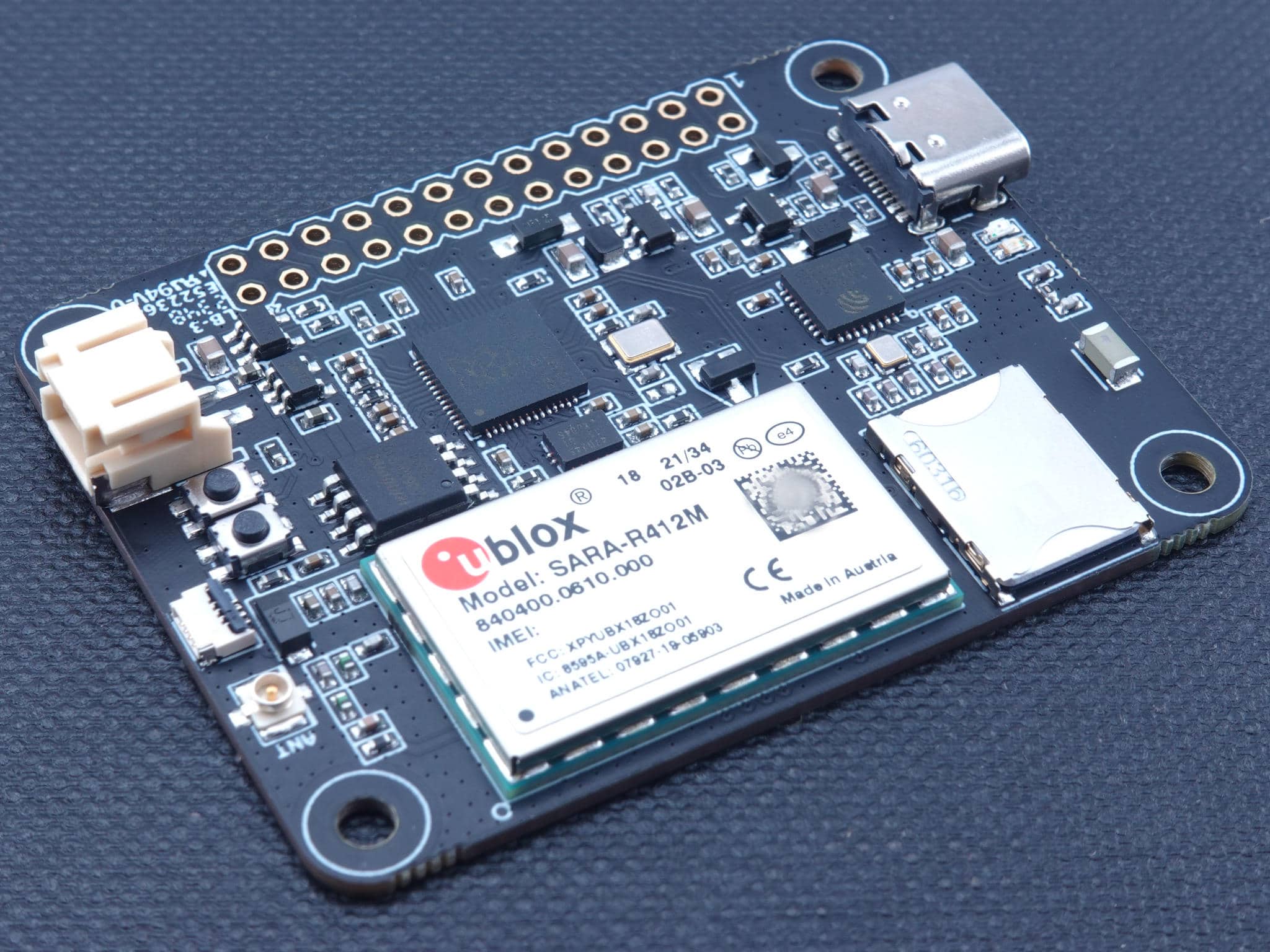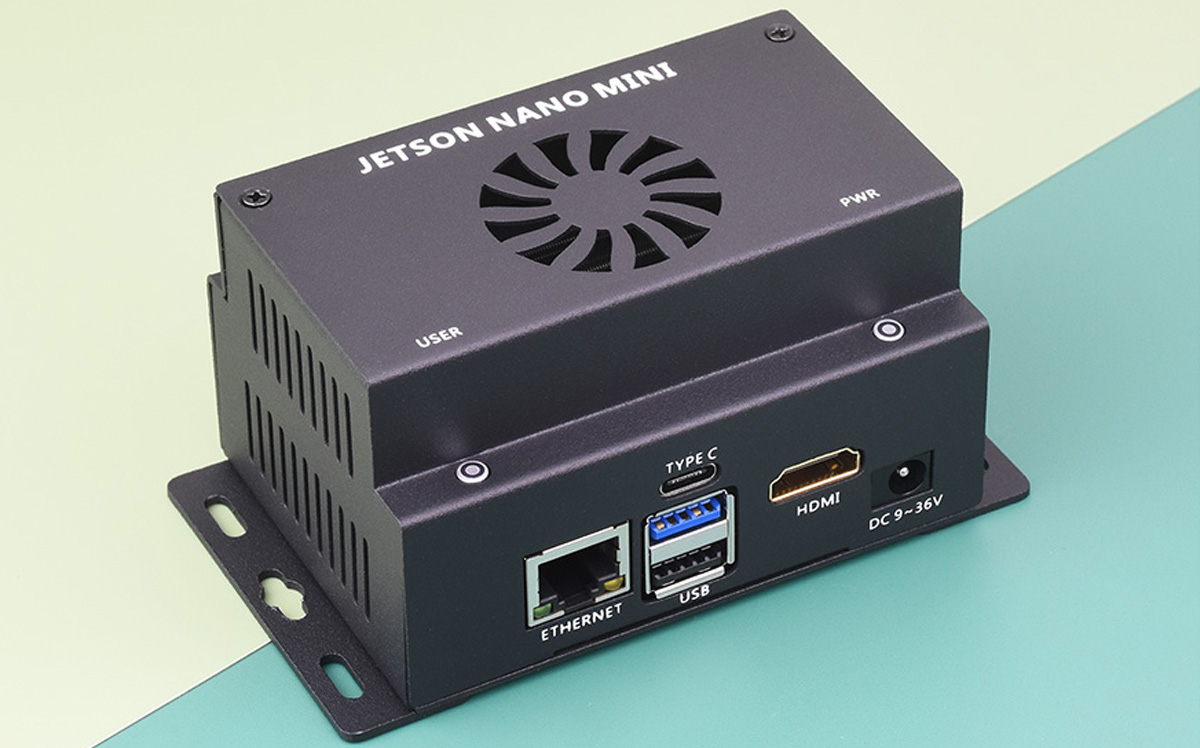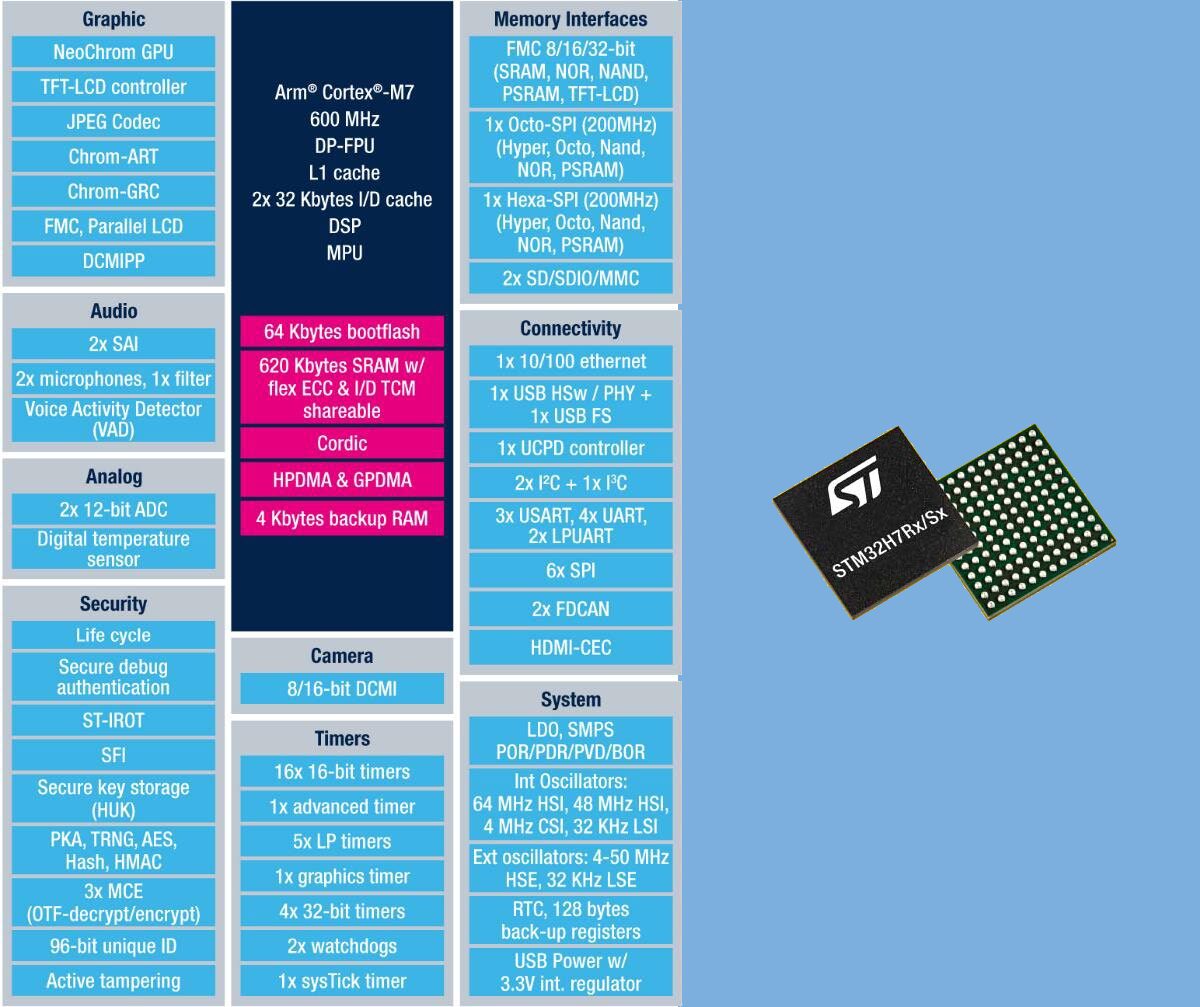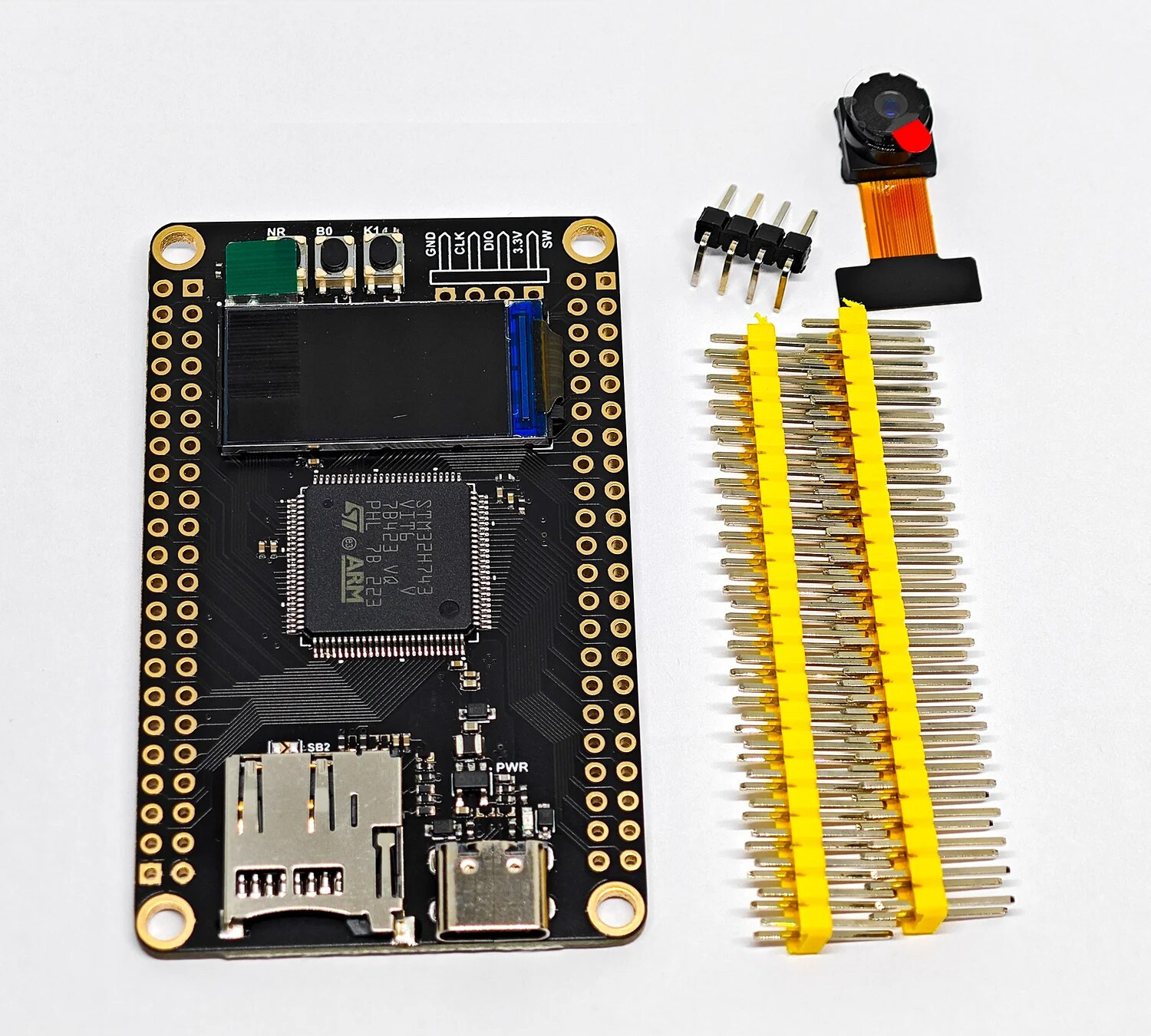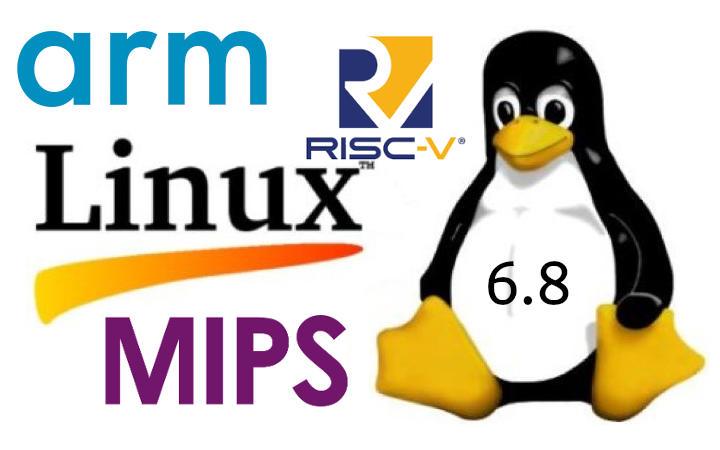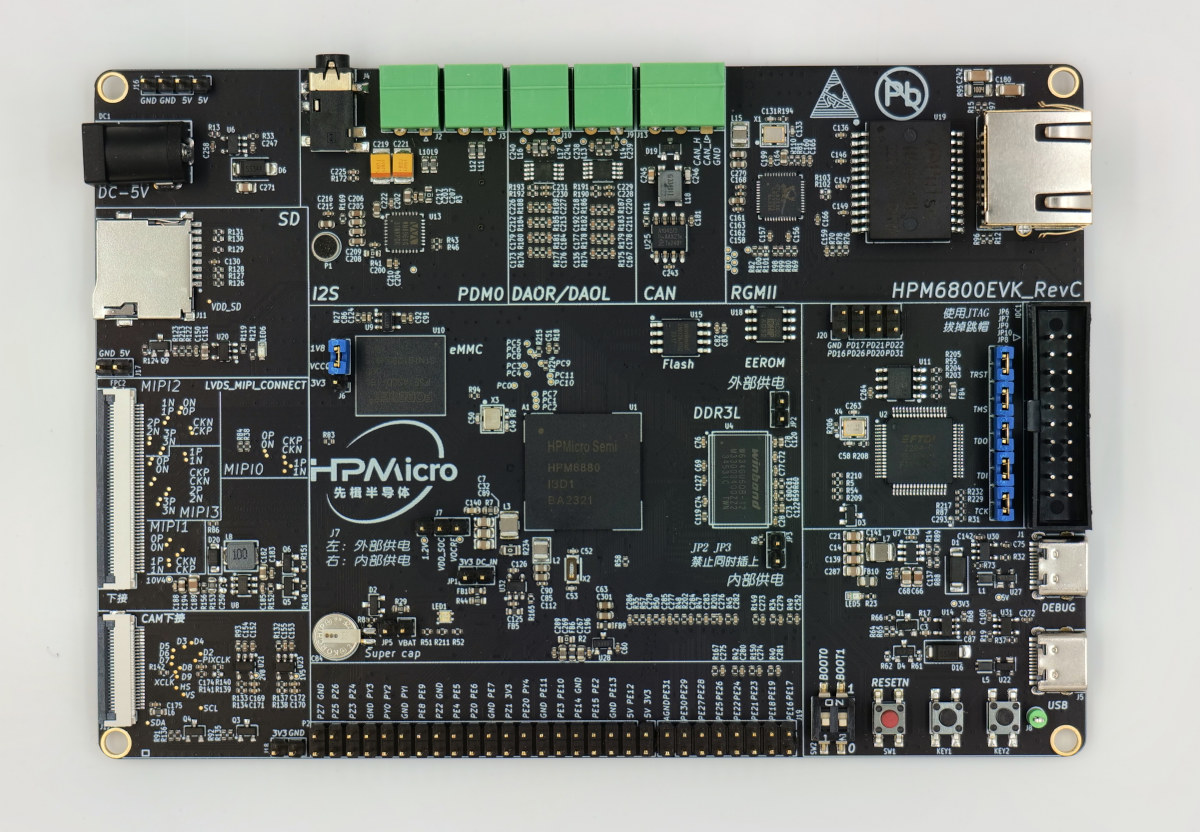Nuvoton recently launched the NuMicro M091 Series of microcontrollers, these are 32-bit MCUs based on the Arm Cortex-M0 core, featuring 4 sets of operational amplifiers with 8 MHz gain bandwidth (GBW), 4 sets of 12-bit DAC, up to 16 channels of 2 MSPS 12-bit SAR ADC, a temperature sensor, and extensive I/O options. The MCU supports the NuMaker evaluation board and various third-party IDEs making this an ideal device for industrial sensing, smart sensors, and precision instrumentation applications. Previously we have seen Nuvoton release MA35H0 and MA35D1 both MPUs are based on Cortex-A35 cores, feel free to check those out if you are interested in the topic. Nuvoton NuMicro M091 MCU specifications: Processor ARM Cortex-M0 core Maximum clock speed: 72 MHz Memory Flash – Up to 64 KB SRAM – 8 KB LDROM – 2 KB (for user program loader) SPROM – 512 Bytes (for security protection) Analog Features 4x […]
TinyVision is a compact Allwinner V851S/V851S3-powered Linux board for vision-based applications
Unrelated to tinyVision.ai, the TinyVision development board is a computer vision board from Chinese developer YuzukiTsuru powered by either the Allwinner V851S or the V851S3 and is billed as an “ultimate all-in-one solution for Linux motherboards, IPCs, servers, routers, and more.” It packs features such as a Cortex-A7 core running at 1200MHz, a 2-channel MIPI CSI input, and an independent image signal processor (ISP) capable of a maximum resolution of 2560 x 1440 in a compact form factor. TinyVision specifications: Processor – Allwinner V851SE / V851s3 with Cortex-A7 core @ 1200MHz and RISC-V E907GC core @ 600MHz NPU: 0.5TOPS (tera operations per second) @ INT8 precision Memory – 64MB DDR2 (V851se), 128MB DDR3L (V851s3) Storage – MicroSD card slot (supports UHS-SDR104), onboard SD NAND via SPI Display – 2-lane MIPI DSI (1280 x 720 @ 60fps), RGB LCD (320 x 240 @ 60fps) Video Input ISP with a maximum resolution […]
The RP2040 Connectivity Board — An IoT solution combining LTE, Wi-Fi, and BLE into a single platform
iLABs (Invector Labs), a European embedded equipment manufacturer, has released a new device, the RP2040 Connectivity Board, an IoT development board that is based on Raspberry Pi’s signature microcontroller IC, the RP2040. The RP2040 Connectivity Board features key IoT connectivity options such as LTE, Wi-Fi, and BLE (Bluetooth Low Energy). It is compatible with both Arduino and PlatformIO and is designed for professional and hobbyist users with wide-ranging connectivity needs. The SARA-R412M series module from u-blox handles cellular communication (LTE) and can be configured to enable multi-regional coverage in both GSM and LTE-M/NB-IoT radio transmissions. It features a unique and immutable root of trust and supports IoT security as a service. The RP2040 Connectivity Board also includes an Espressif ESP32-C3FN4 chip for Wi-Fi/BLE communication based on a RISC-V microcontroller core and implementing a Wi-Fi subsystem that complies with the IEEE 802.11b/g/n standard and supports various operating modes. The Bluetooth Low […]
Waveshare Jetson Nano powered mini-computer features a sturdy metal case
Waveshare has launched the Jetson Nano Mini Kit A, a mini-computer kit powered by Jetson Nano. This kit features the Jetson Nano Module, a cooling fan, and a WiFi module, all inside a sturdy metal case. The mini-computer is built around Nvidia’s Jetson platform housing the Jetson Nano module and features multiple interfaces, including USB connectors, an Ethernet port, an HDMI port, CSI, GPIO, I2C, and RS485 interfaces. It also has an onboard M.2 B KEY slot for installing either a WiFi or 4G module and is compatible with TensorFlow, and PyTorch which makes it well-suited for various AI applications. Waveshare Mini-Computer Specification: GPU – NVIDIA Maxwell architecture with 128 NVIDIA CUDA cores CPU – Quad-core ARM Cortex-A57 processor @ 1.43 GHz Memory – 4 GB 64-bit LPDDR4 1600 MHz; 25.6 GB/s bandwidth Storage – 16 GB eMMC 5.1 Flash Storage, microSD Card Slot Display Output – HDMI interface with […]
600 MHz STM32H7R/S Cortex-M7 MCUs feature 620KB SRAM, 64KB boot flash, optional NeoChrom GPU
STMicro has launched the high-performance 600 MHz STM32H7R/S Arm Cortex-M7 microcontrollers: the STM32H7R3/S3 General-purpose MCU lines, and STM32H7R7/S7 graphics MCU lines adding a NeoChrom 2.5D GPU. Both ship with a large 620KB SRAM and a small 64KB boot flash. The reason for the small boot flash is to have the application code and data stored off-chip memory ICs to provide more flexibility to customers when it comes to the choice of memory type and capacity to fulfill the application requirements and lower the BoM cost. The “S” in the STM32H7S microcontrollers stands for Security with a crypto/hash engine that can help the final product achieve SESIP Level 3 and/or PSA Certified Level 3 certifications. Many of the specifications are similar to the STM32H7 microcontrollers, but performance is better going slightly faster than the 550MHz STM32H7 MCUs added in 2020, and the STM32H7R/S adds some new features: 200 MHz Hexadeca SPI […]
WeAct STM32H743 Arm Cortex-M7 board ships with a 0.96-inch LCD and a choice of camera sensors
WeAct STM32H743 is a small MCU development board powered by a 480 MHz STMicro STM32H743VIT6 Cortex-M7 microcontroller and equipped with a small LCD and a camera connector taking OV2640, OV5640-AF, OV7670, or OV7725 camera sensors. The board comes with 2048KB flash and 1MB RAM built into the STM32H7 microcontroller, 8MB SPI flash, 8MB QSPI flash, a microSD for data storage, USB-C port for power and programming, a few buttons, and plenty of I/Os accessible through two 44-pin headers. WeAct STM32H743 specifications: MCU – STMicro STM32H743VIT6 Arm Cortex-M7 microcontroller at 480MHz with FPU, DSP, and MPU, 2048KB flash, 1MB RAM Storage – 8MB SPI Flash, 8MB QSPI Flash (bootable), microSD card socket Display – 0.96-inch TFT LCD based on ST7735 SPI display driver Camera 8-bit Digital Camera Interface (DCMI) with autofocus support OV2640 (1600×1200), OV5640-AF (2592×1944 with autofocus), OV7670 (640×480), or OV7725 (640×480) camera sensors are supported USB – 1x USB-C […]
Linux 6.8 release – Notable changes, Arm, RISC-V, and MIPS architectures
Linus Torvalds has just announced the release of Linux 6.8 on the Linux kernel mailing list: So it took a bit longer for the commit counts to come down this release than I tend to prefer, but a lot of that seemed to be about various selftest updates (networking in particular) rather than any actual real sign of problems. And the last two weeks have been pretty quiet, so I feel there’s no real reason to delay 6.8. We always have some straggling work, and we’ll end up having some of it pushed to stable rather than hold up the new code. Nothing worrisome enough to keep the regular release schedule from happening. As usual, the shortlog below is just for the last week since rc7, the overall changes in 6.8 are obviously much much bigger. This is not the historically big release that 6.7 was – we seem to […]
HPMicro HPM6800 600 MHz RISC-V MCU comes with a Vivante 2.5D GPU with OpenVG support
HPMicro HPM6800 is a family of high-end RISC-V microcontrollers clocked up to 600 MHz integrating a VeriSilicon Vivante 2.5D GPU with support for the OpenVG 1.1 vector graphics API, and peripherals making it suitable for digital dashboard displays and human-machine interfaces (HMI). The family is comprised of three parts: the HPM6830 without video support, the HPM6850 with 2D graphics and video input/outputs, and the HPM6880 adding support for the 2.5D OpenVG GPU from VeriSilicon. All variants come with 1064KB SRAM, support for external DDR2/DDR3/DDR3 memory, NOR, PSRAM and eMMC flash, audio interfaces, and a range of peripherals with eight CAN FD interfaces, gigabit Ethernet, USB high-speed, and many more. HPMicro HPM6800 specifications: CPU – Single core 32-bit RISC-V (RV32-IMAFDCP) processor @ 600MHz with 32KB I/D Cache (3390 CoreMark) Memory 1064 KB SRAM with 256KB ILM + 256KB DLM in the RISC-V core, 512KB AXI SRAM, 32KB AHB SRAM, and 8KB […]

